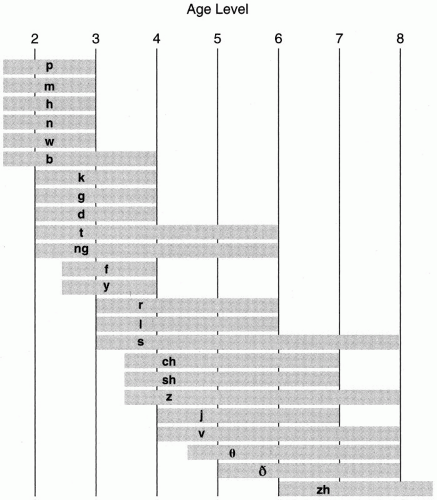Stroke, trauma, neoplasms, infections, and acquired diseases such as myasthenia gravis, multiple sclerosis, amyotrophic lateral sclerosis, Parkinson’s disease, and Huntington’s disease can affect the nervous system and cause speech and language disorders. Patients with these diseases may have
dysarthria, which affects voice and articulation,
apraxia of speech, which results in impaired volitional control of articulation and prosody, and
aphasia, which can affect a person’s ability to formulate, retrieve, and decode language. These speech and language disorders necessitate early evaluation and treatment. An important
aspect of treatment is patient and family education to aid in understanding the disorder and finding ways to cope with impaired communication.




